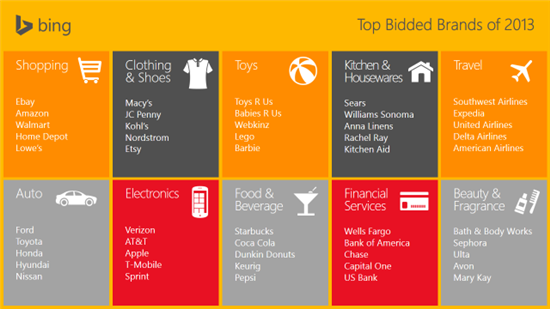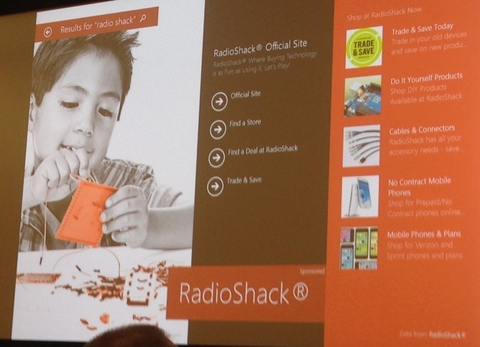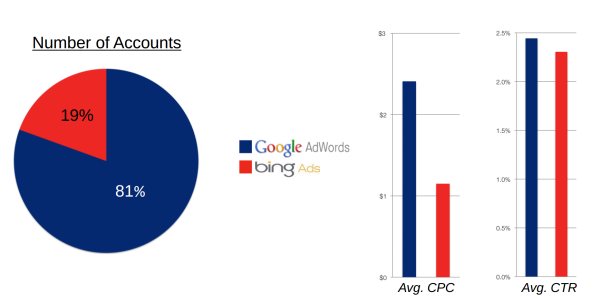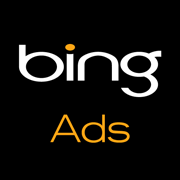Bing Ads is improving its age and gender targeting by collecting more robust demographic data from users to help advertisers better target consumers.
According to the company’s blog, Bing’s global coverage of demographic data has recently doubled, which the company says will ensure its new targeting capabilities will provide “an increase in click-through rate and conversion rate for targetable users, thus potentially increasing the overall return on investment for all your campaigns.”
Advertisers can now utilize Bing’s new increased targeting features by setting targeting rules in “Advanced Targeting” within their Bing Ads dashboard. From there, they can segment audiences by age range, gender, device, and time, which will cause an automatic lift in bids when targeted audiences are searching.
Along with the announcement, Bing Ads released comScore data on its current audience, showing Bing Ads audiences tend to be more female and are most likely within the age range of 35-44.
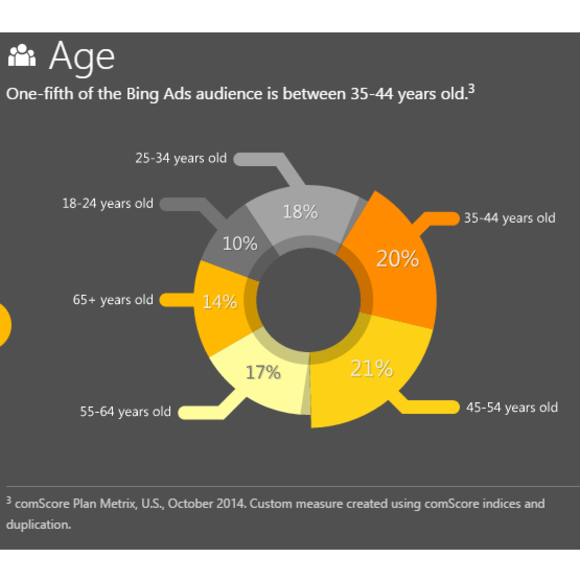
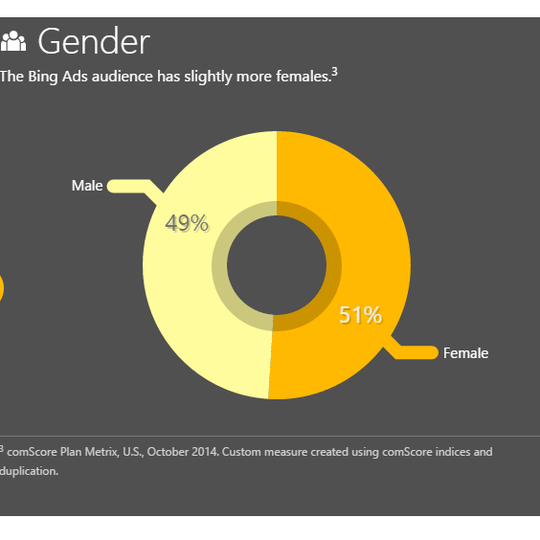

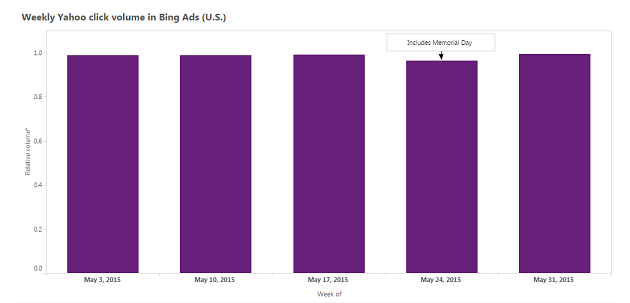
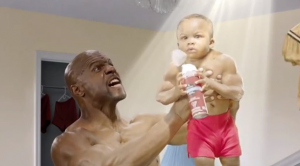 Every brand wants their commercials to go viral, but how do you connect with viewers on the internet? It might seem like common knowledge, but the best way to get users searching for your commercial is comedy. At least,
Every brand wants their commercials to go viral, but how do you connect with viewers on the internet? It might seem like common knowledge, but the best way to get users searching for your commercial is comedy. At least, 